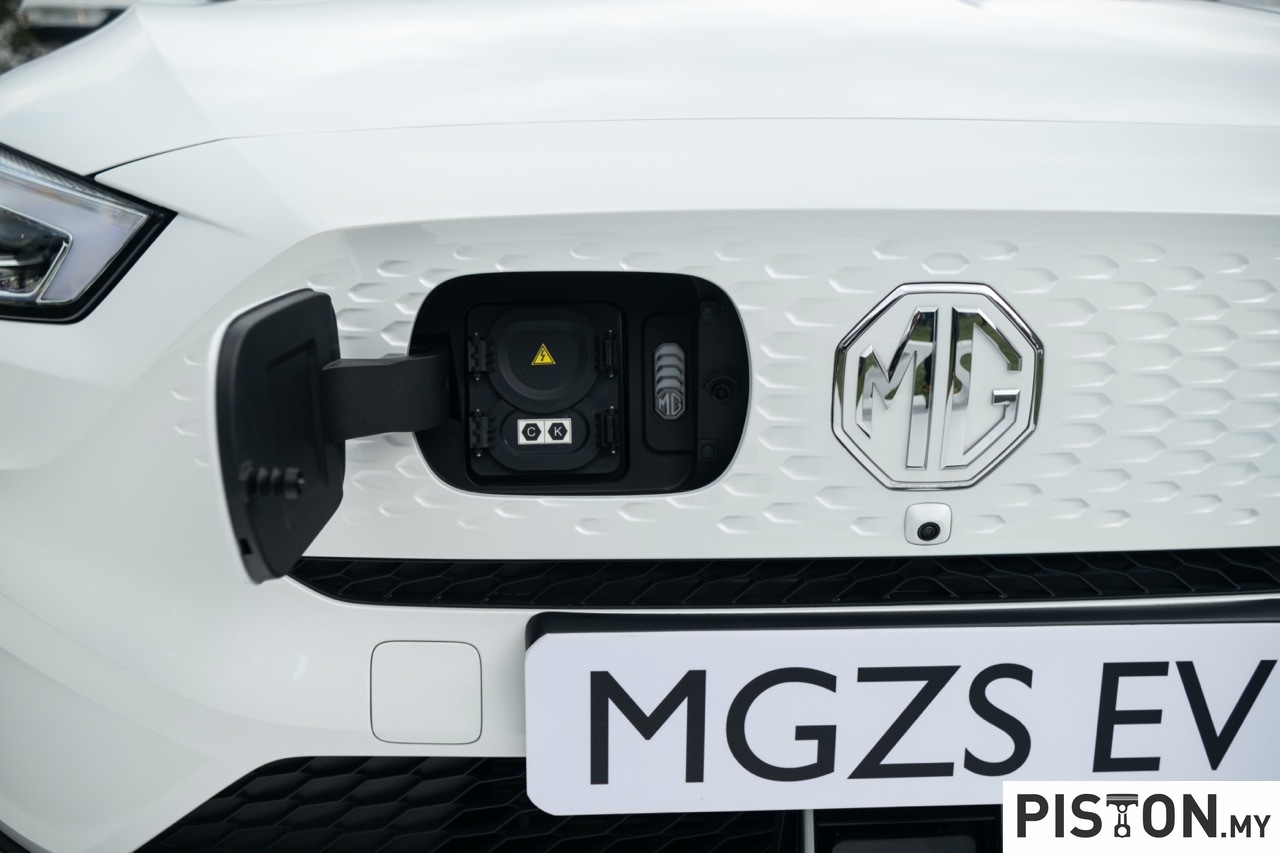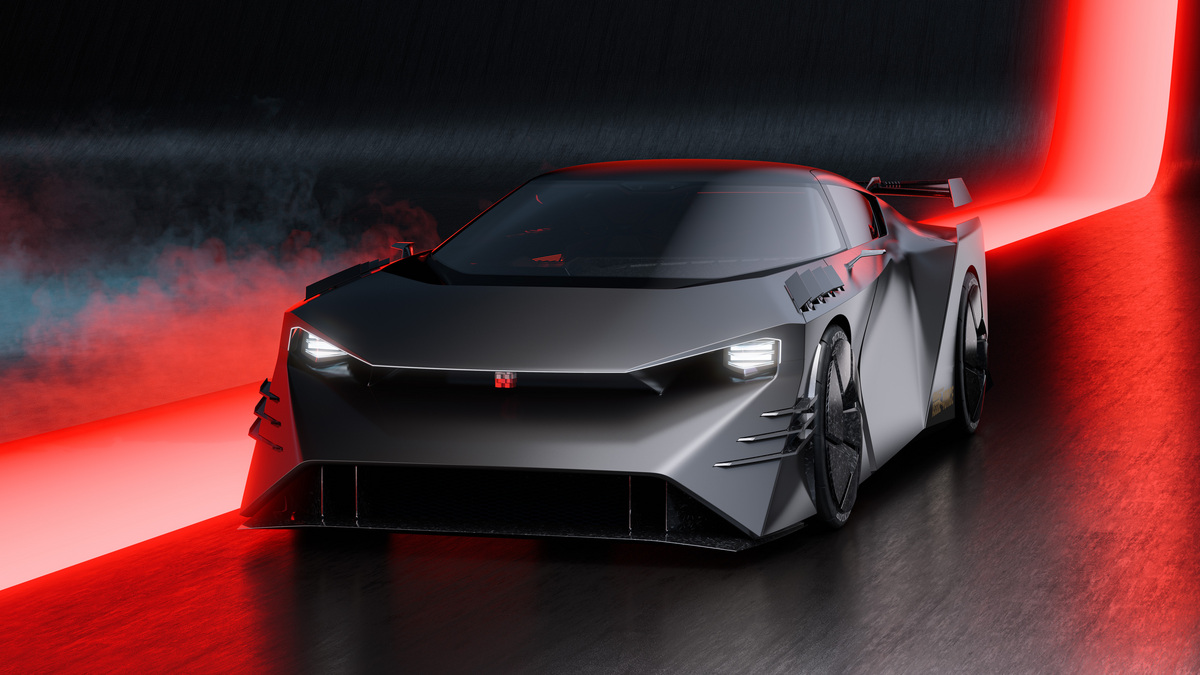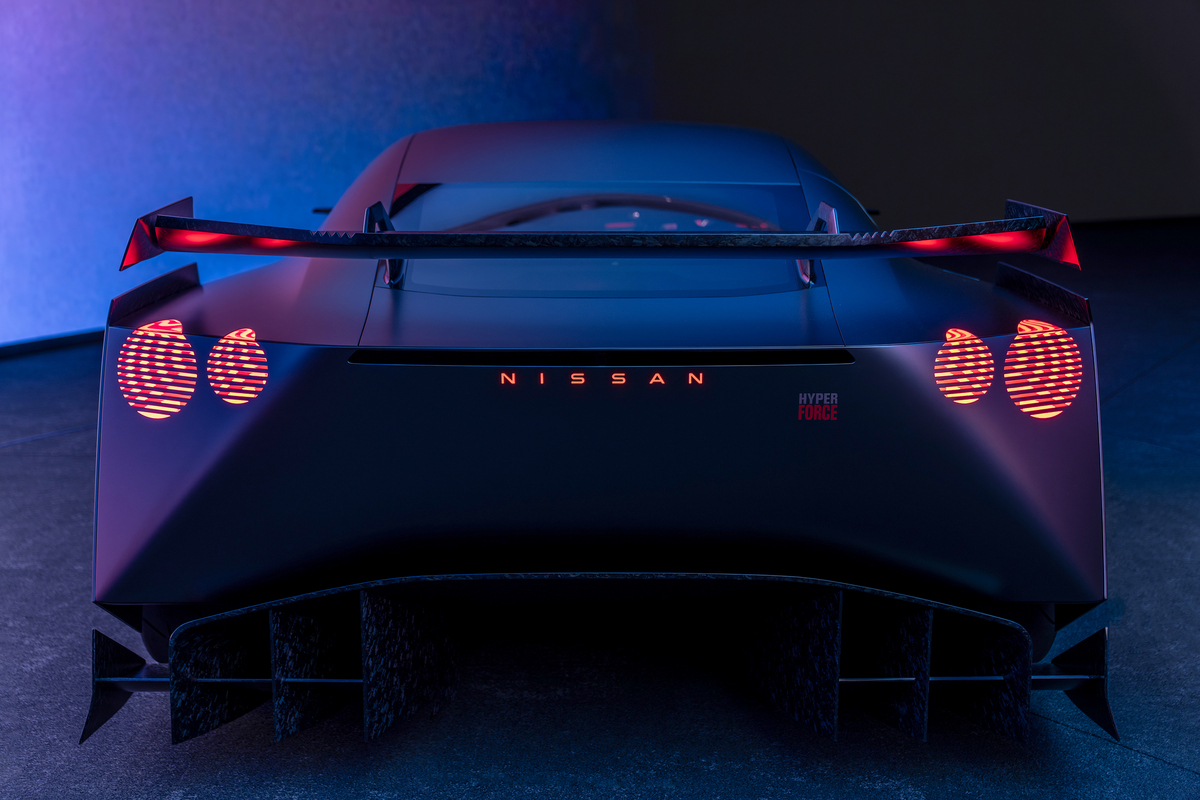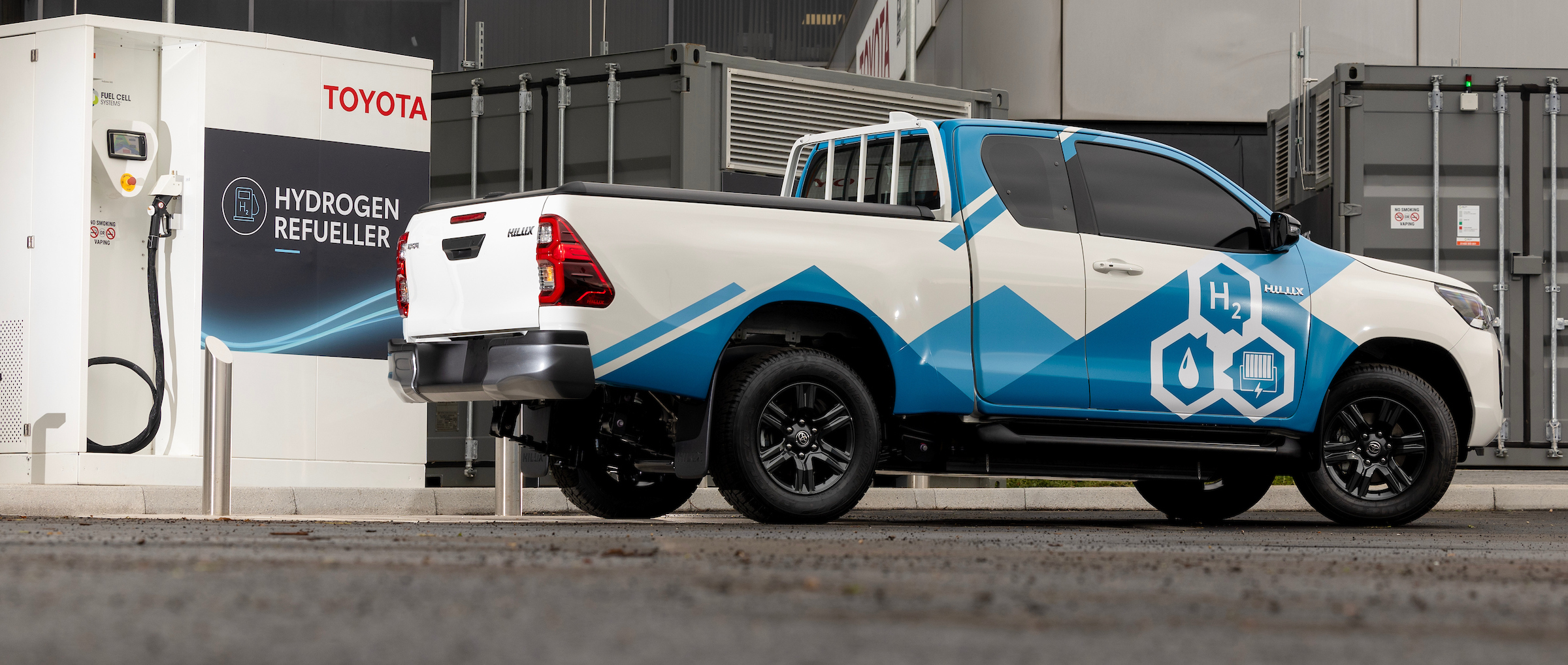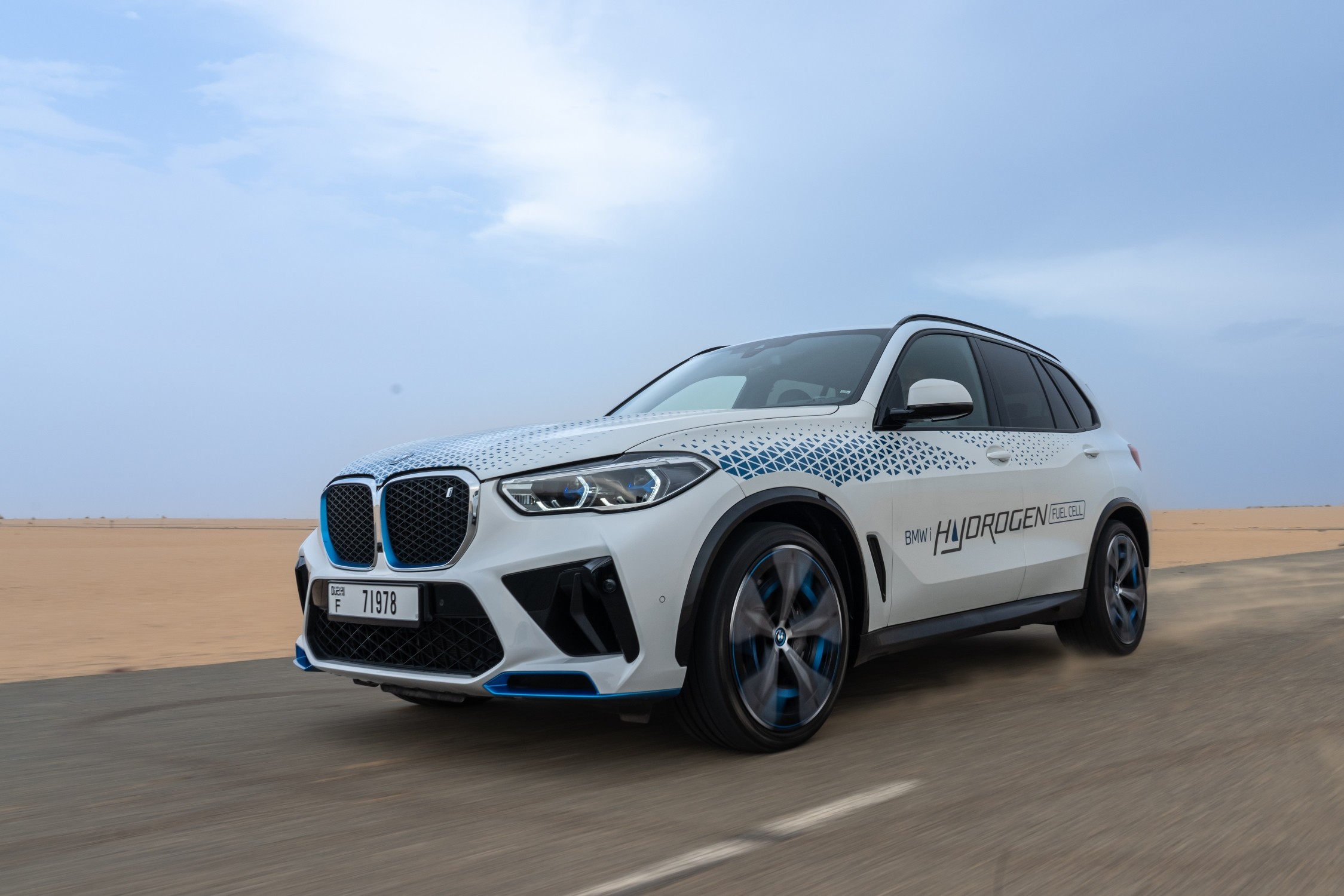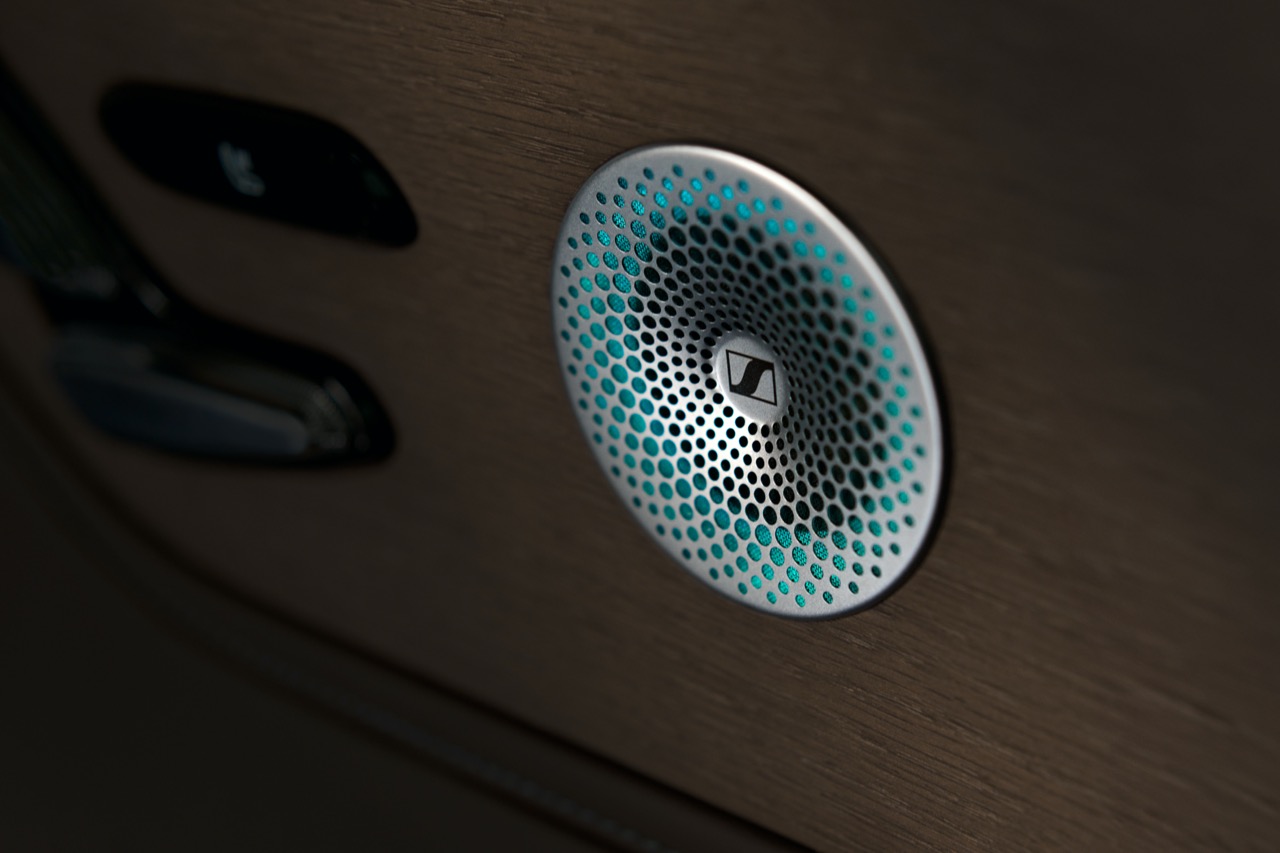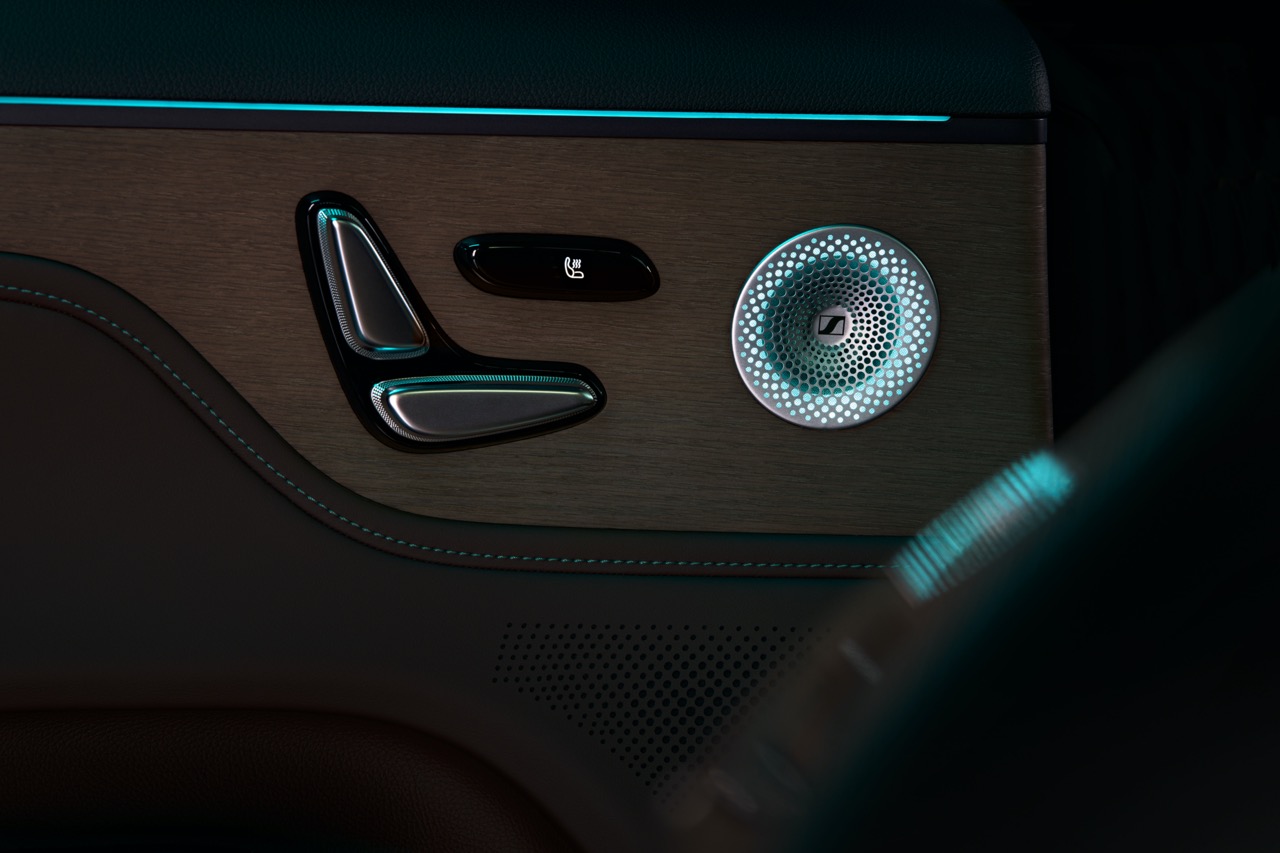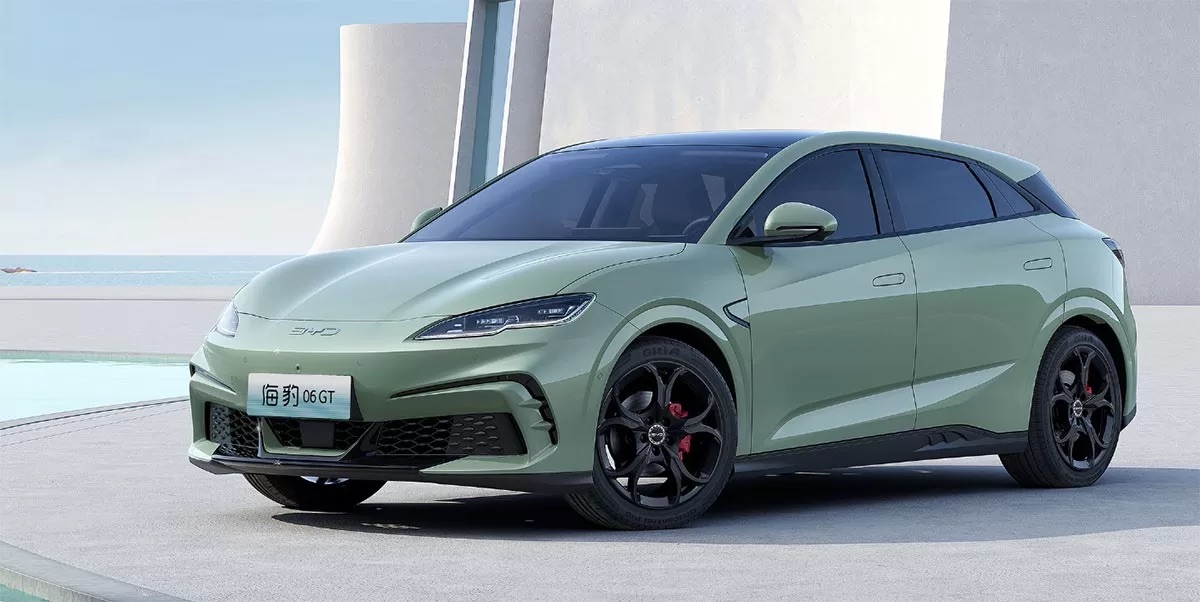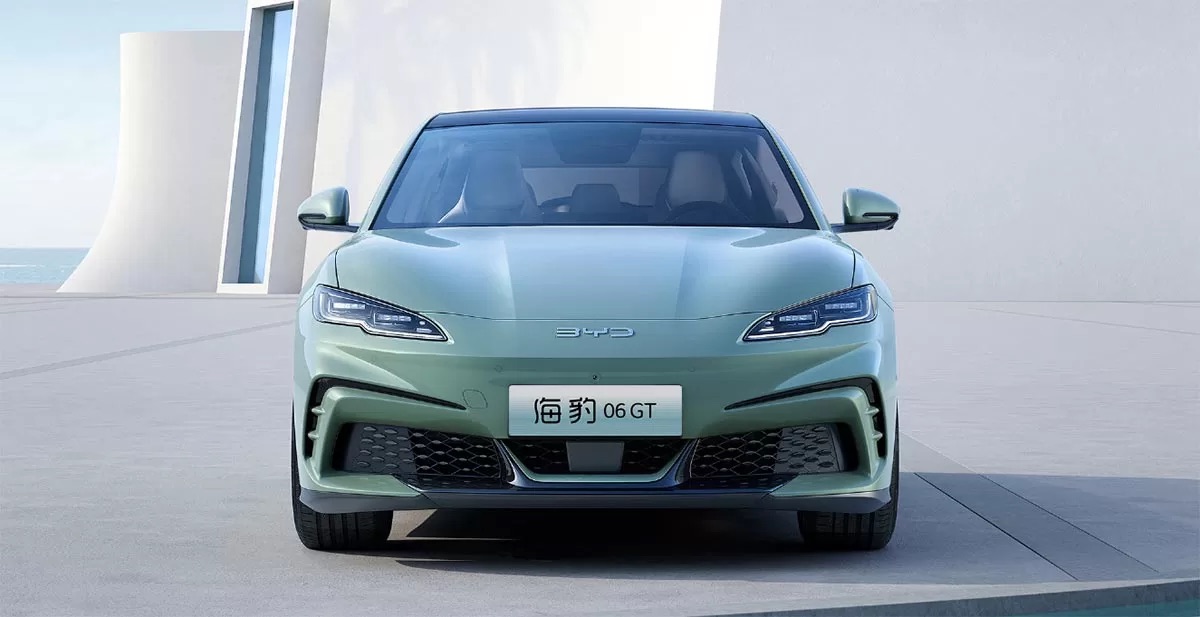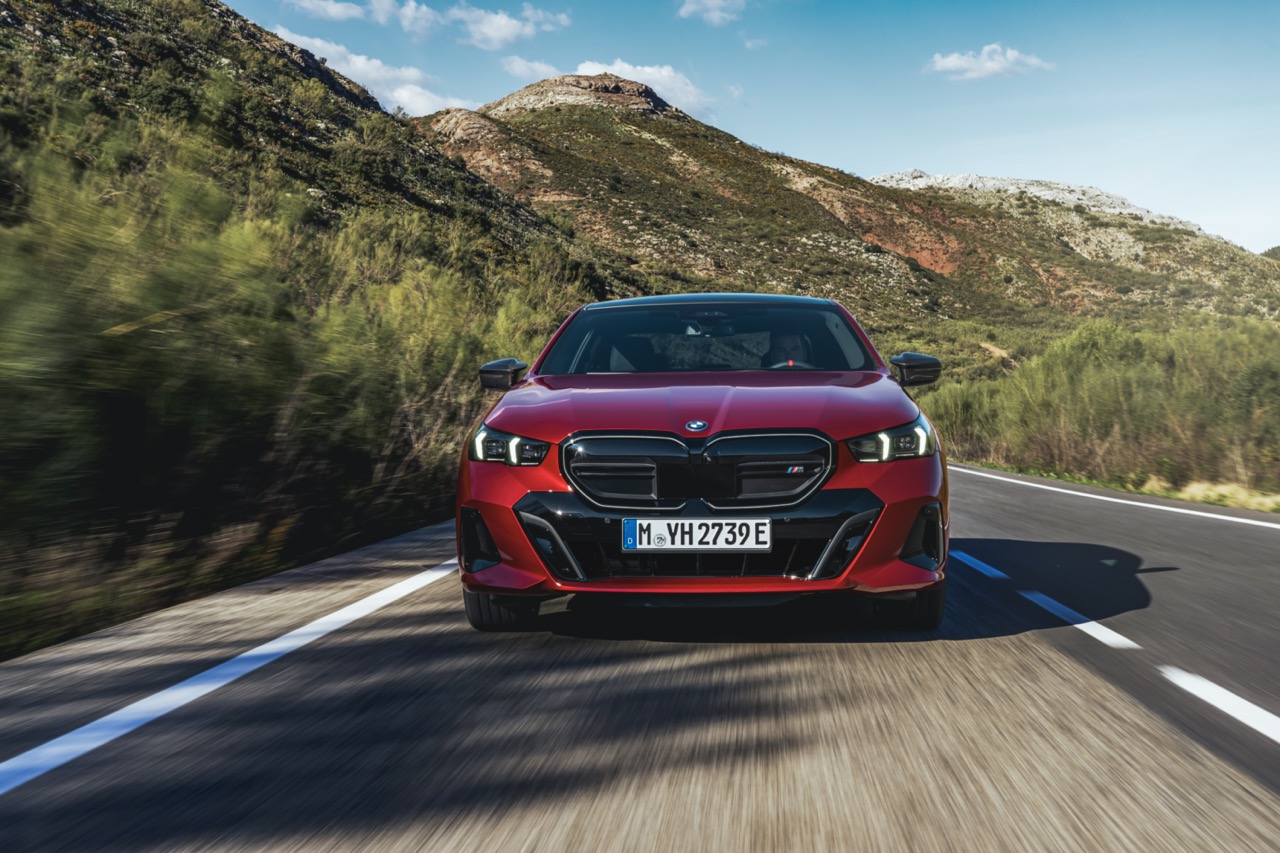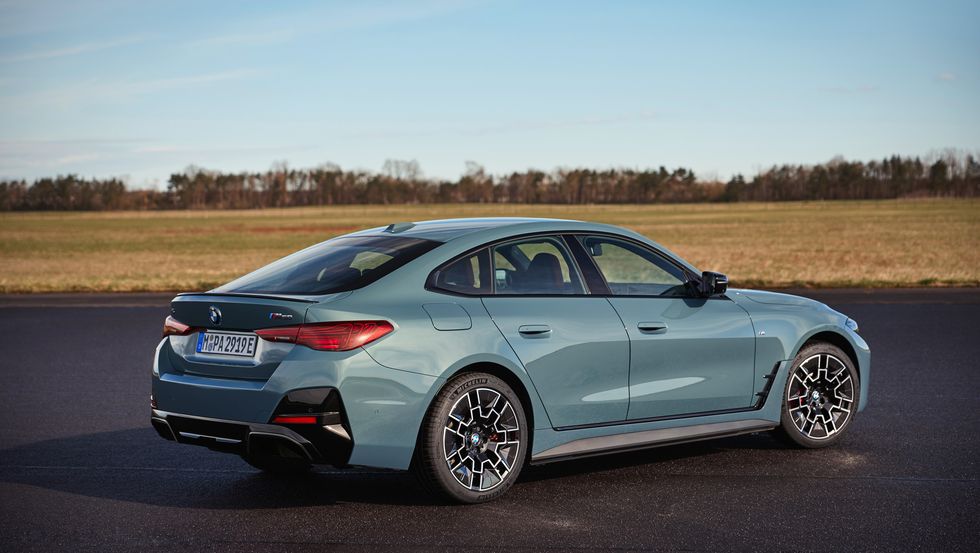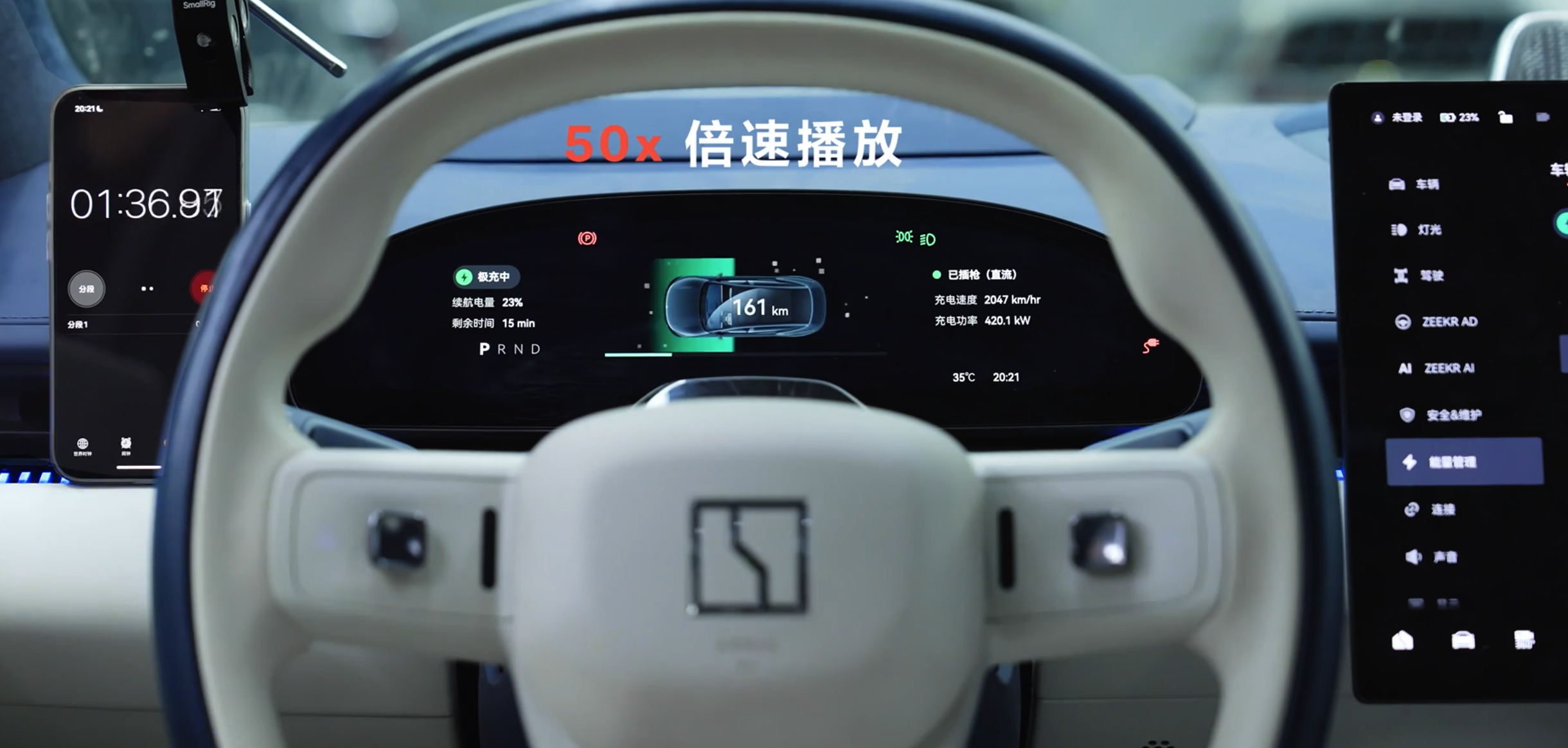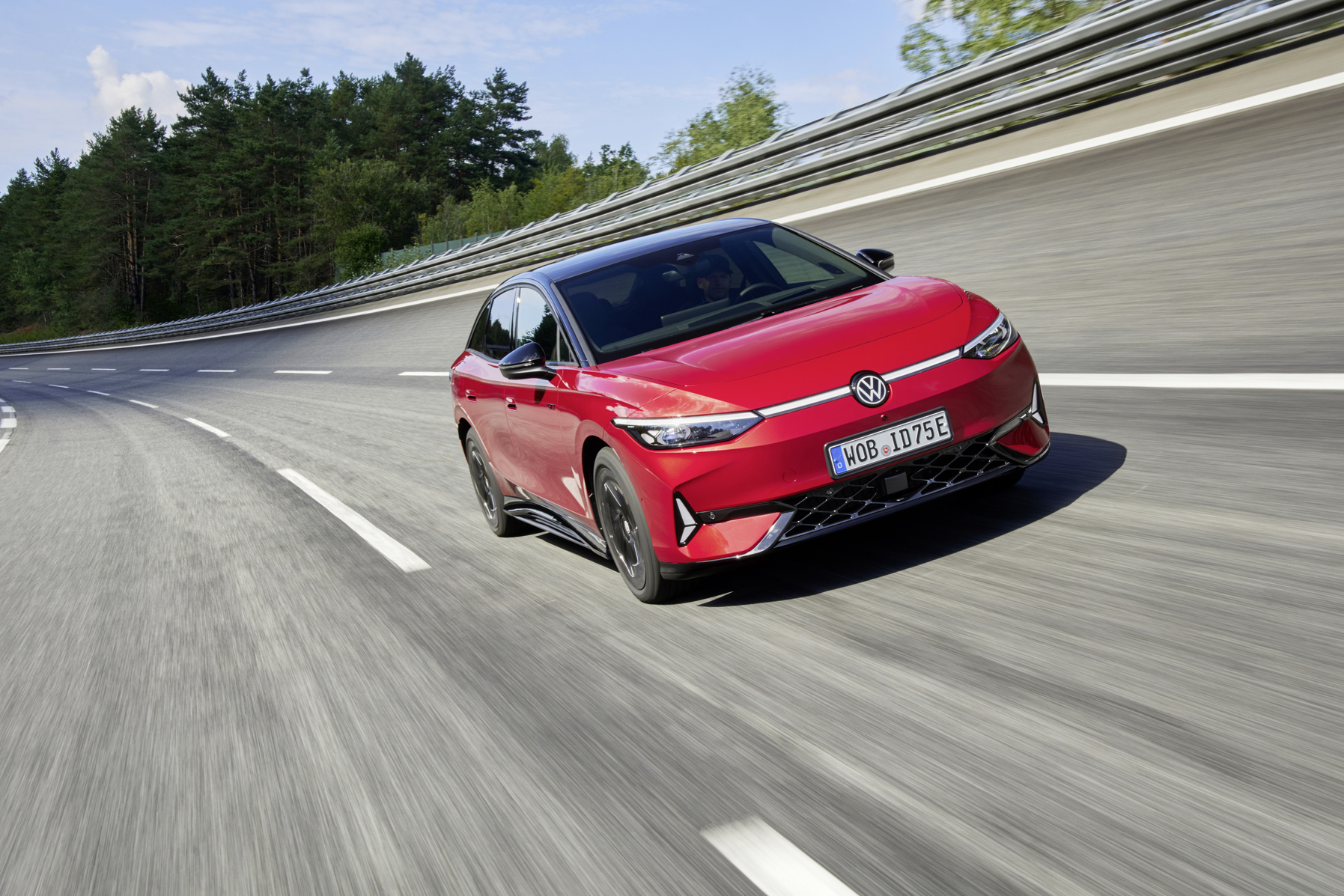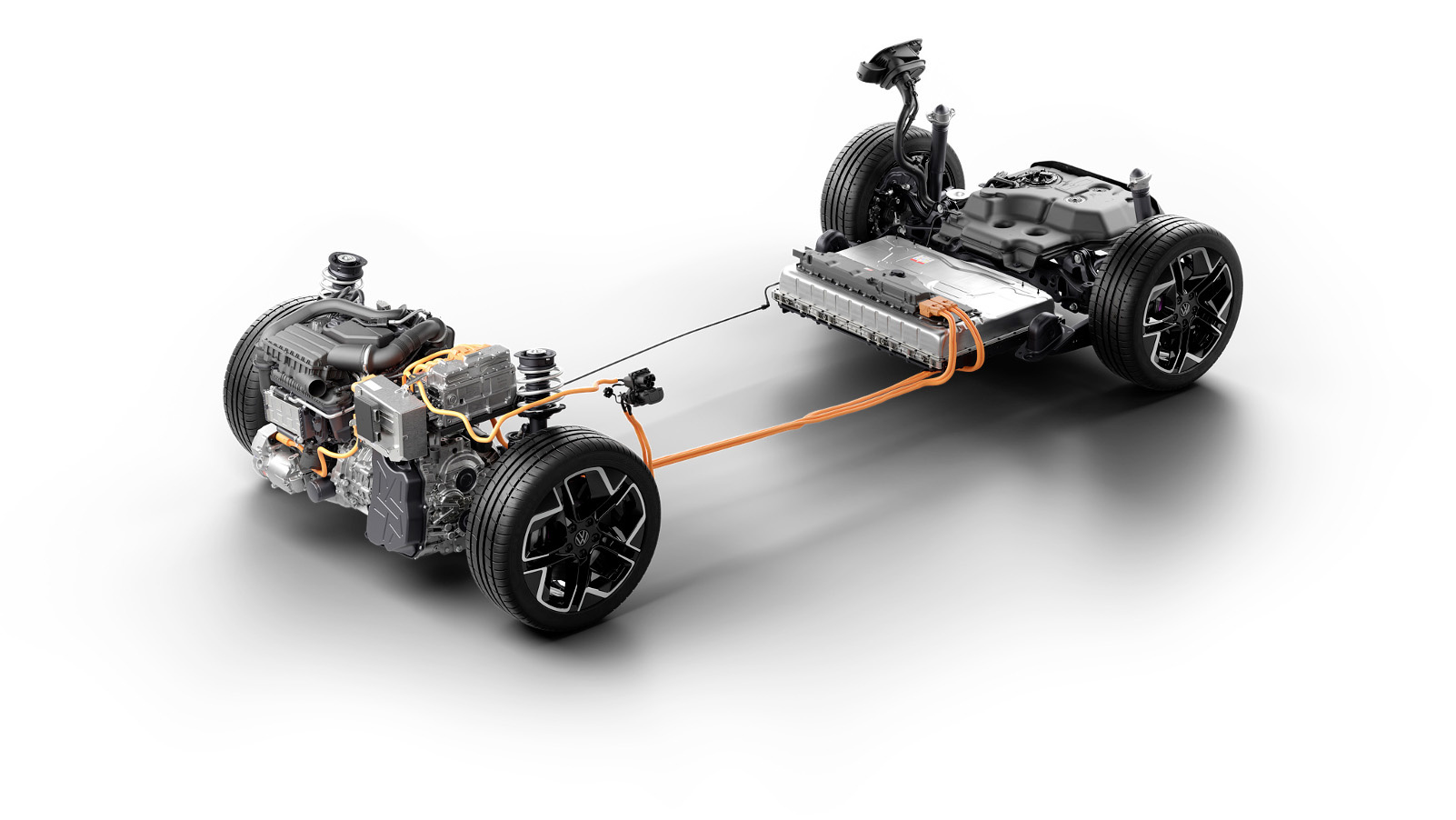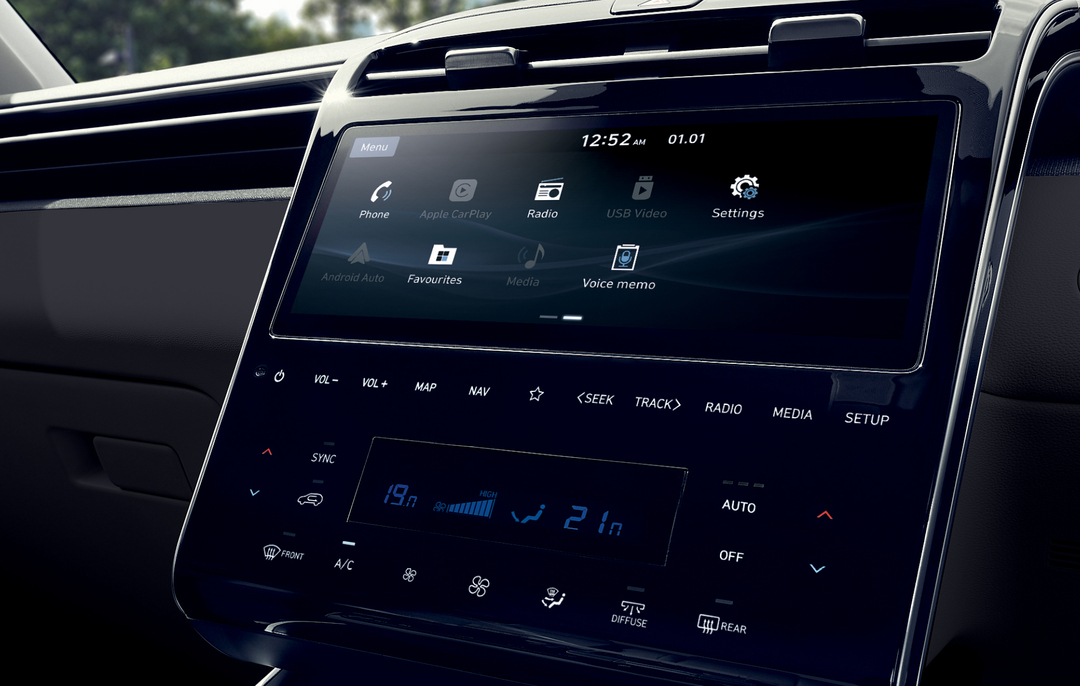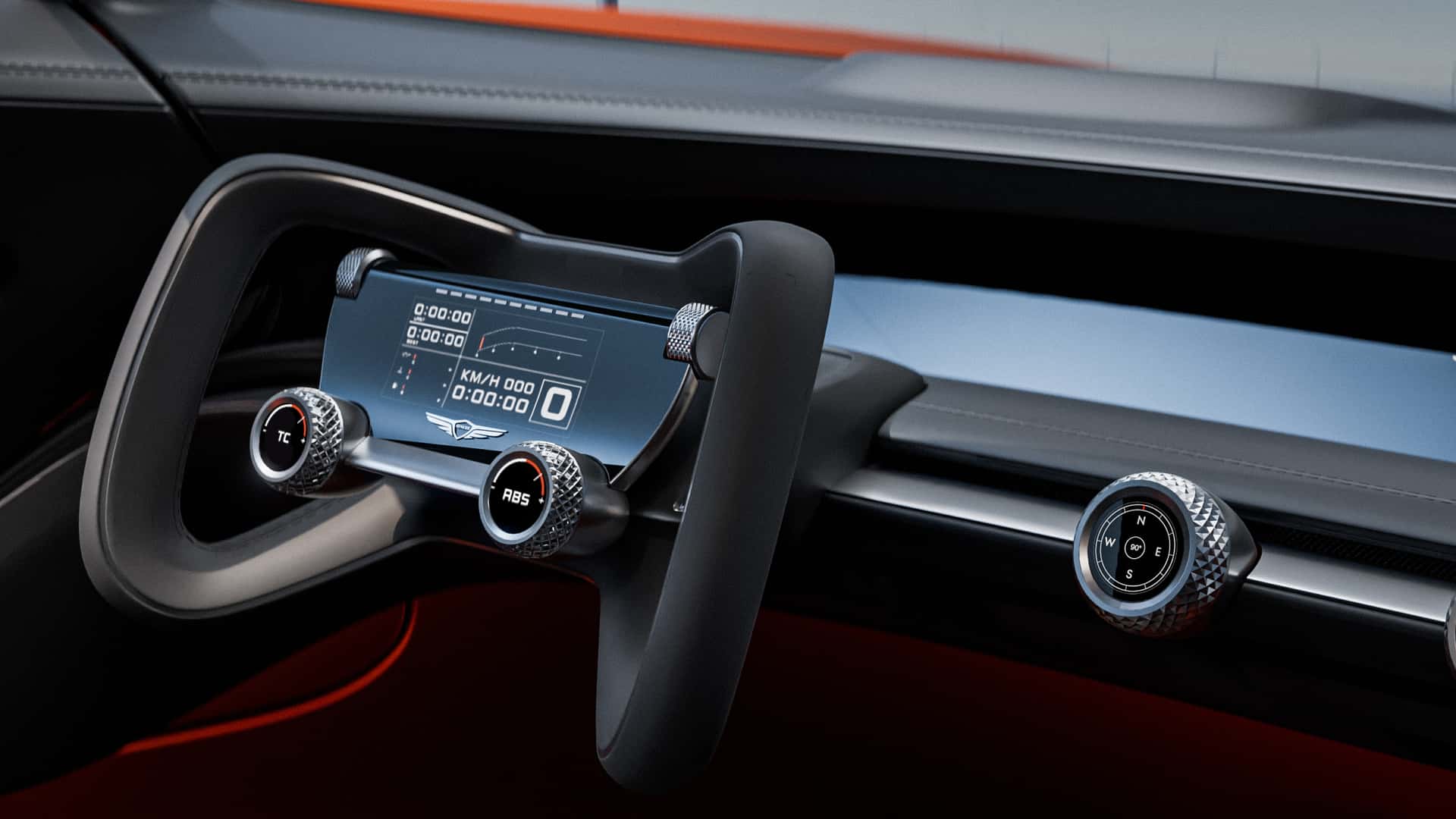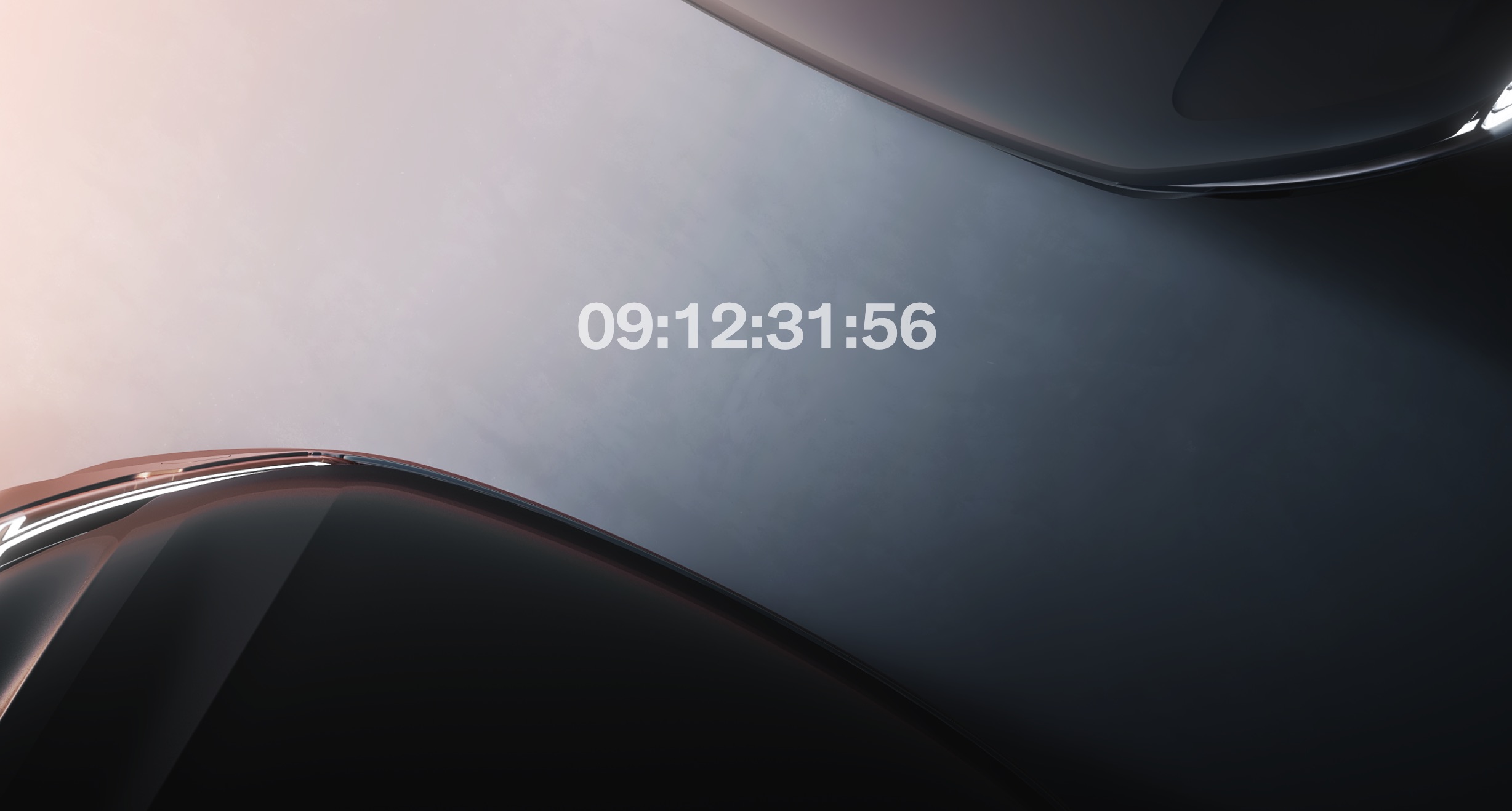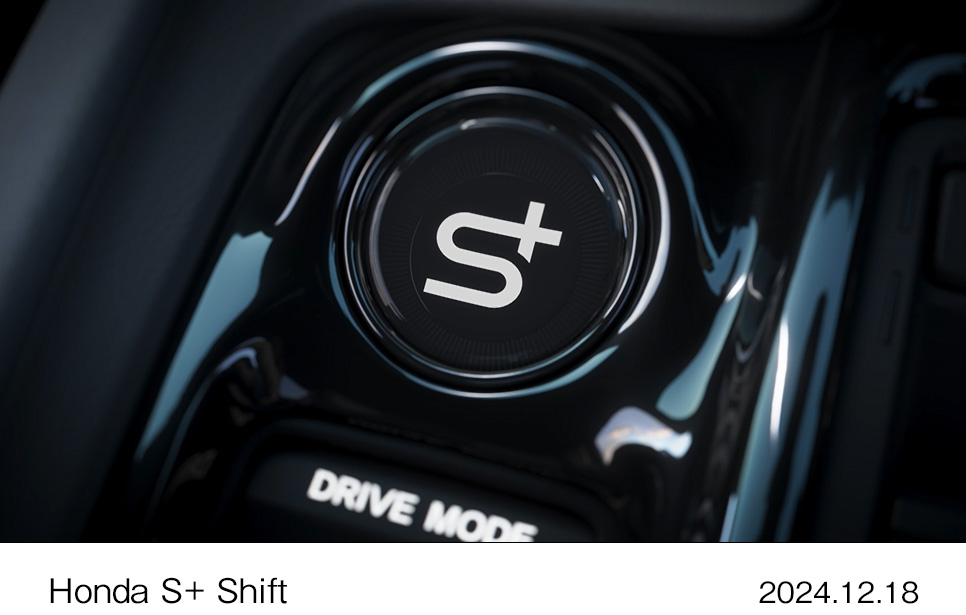SAIC Motors, a major Chinese electric vehicle manufacturer and partner to both General Motors and Volkswagen, has been hit with a significant 36.3% additional tariff by the European Union. The EU imposed this hefty tariff after accusing the state-owned company of benefiting from “unfair subsidisation,” which allegedly harmed European competition. The tariff is a revision from a previous 37.6%, which SAIC contested earlier this year. This additional tariff comes on top of the existing 10% duty applied to all-electric vehicles imported from China.
In contrast, other prominent Chinese EV manufacturers faced lower tariffs. BYD, China’s largest EV producer, received a 17% tariff, while Geely, which owns Volvo, was assigned a 19.3% tariff. These companies had their tariffs slightly reduced last week. Tesla, which manufactures cars in China, was given the lowest tariff at 9%, primarily due to its limited reliance on Chinese subsidies.




